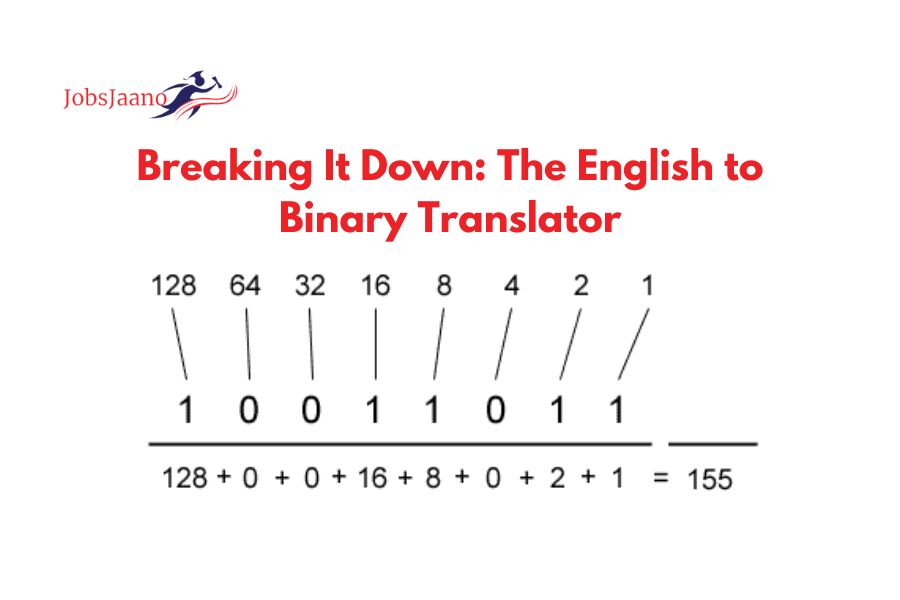Breaking It Down: The English to Binary Translator
Introduction
In today’s digital age, the world is driven by ones and zeros, and understanding the language of computers is becoming increasingly essential. For those curious about the inner workings of computer systems or looking to explore the fascinating realm of binary code, an English to binary translator is an invaluable tool. In this article, we’ll delve into what an English to binary translator is, how it works, and explore some of its practical applications.
Deciphering Binary Code
Binary code is the language of computers. It consists of only two symbols: 0 and 1. Each digit represents a different power of 2, with the rightmost digit being the least significant bit (LSB) and the leftmost digit being the most significant bit (MSB). When arranged in sequences, these binary digits encode all the information processed by computers.
The English to Binary Translator
An English to binary translator is a tool that converts text written in the English language into binary code. This conversion typically follows a straightforward process:
Character Encoding: The translator assigns a unique binary code to each English character, usually using standard character encoding schemes like ASCII (American Standard Code for Information Interchange) or UTF-8 (Unicode Transformation Format – 8-bit).
Text Parsing: The input English text is parsed character by character. For each character, the translator looks up its binary representation.
Binary Output: The binary representation of each character is then concatenated to form the binary equivalent of the entire input text.
Display: The translated binary code is displayed, usually in a format that separates each character’s binary representation for clarity.
Practical Applications
Learning Tool: An English to binary translator is an excellent educational tool for anyone interested in understanding the fundamentals of binary code. It provides a hands-on way to see how letters, numbers, and symbols are represented in the digital world.
Binary Art: Some artists and designers use binary code as a medium for creating unique and visually appealing artworks. An English to binary translator can help them convert their ideas into binary representations for their projects.
Computer Science Education: In computer science courses, students can use an English to binary translator to experiment with binary code and gain a deeper understanding of data encoding and manipulation.
Cryptography: Cryptographers often use binary code as a basis for encoding and decoding secret messages. An English to binary translator can assist in encoding messages into binary for cryptographic purposes.
Debugging and Reverse Engineering: In software development, understanding binary code is crucial for debugging and reverse engineering applications. Translating portions of code into binary can aid in the analysis of program behavior.
Conclusion
An English to binary translator serves as a bridge between human language and the machine code that powers computers. It facilitates learning, artistic expression, and practical applications in fields like computer science and cryptography. Whether you’re a curious learner or a professional in a technical field, exploring the world of binary code through a translator can be both enlightening and rewarding. As we continue to advance in the digital age, understanding the language of computers becomes increasingly valuable, making an English to binary translator a valuable tool for anyone looking to dive deeper into this fascinating world.

